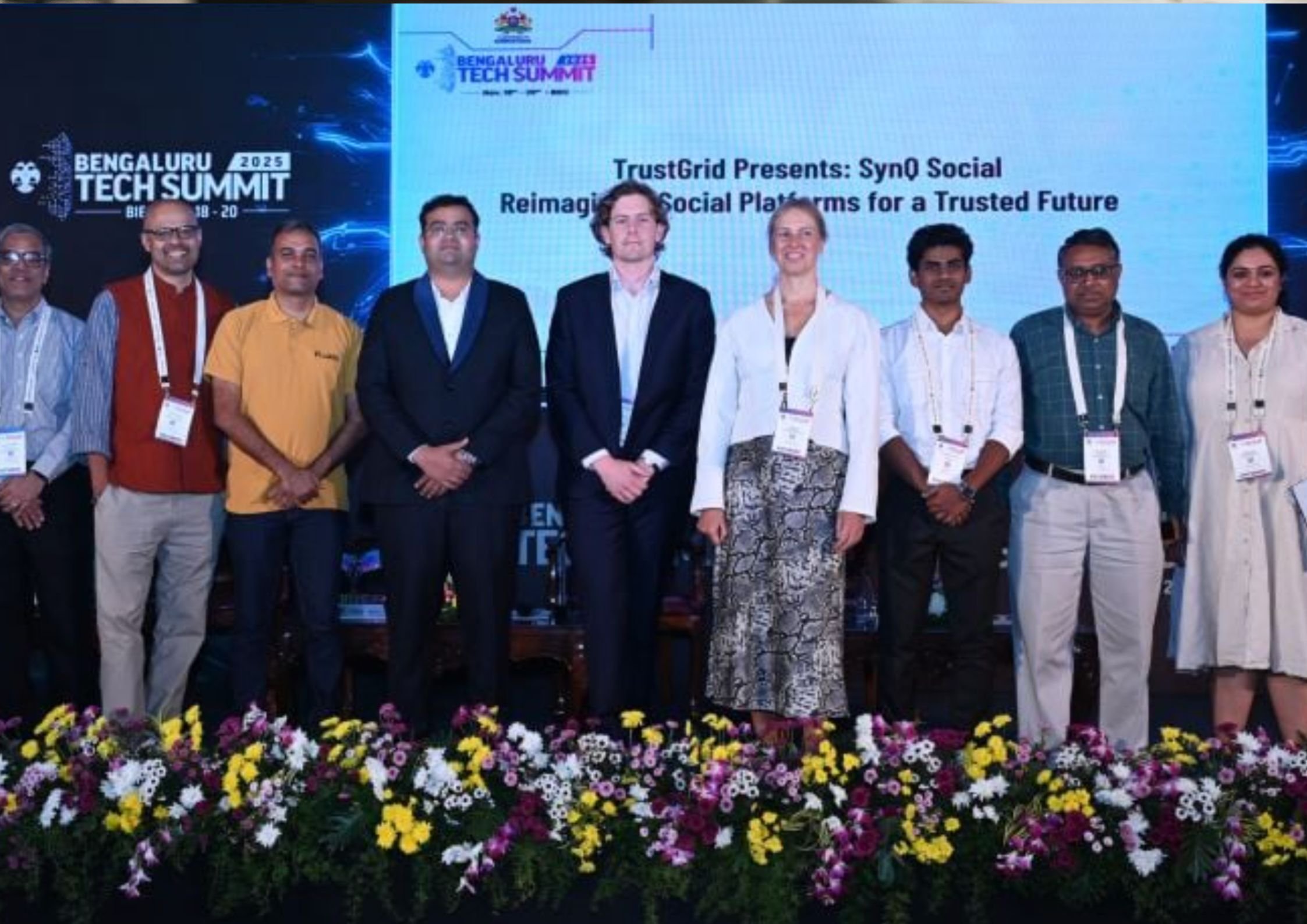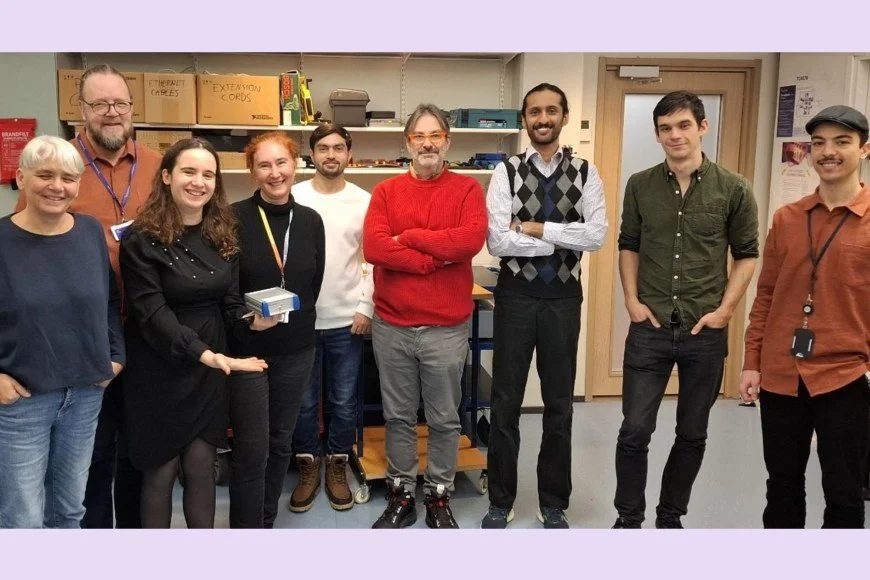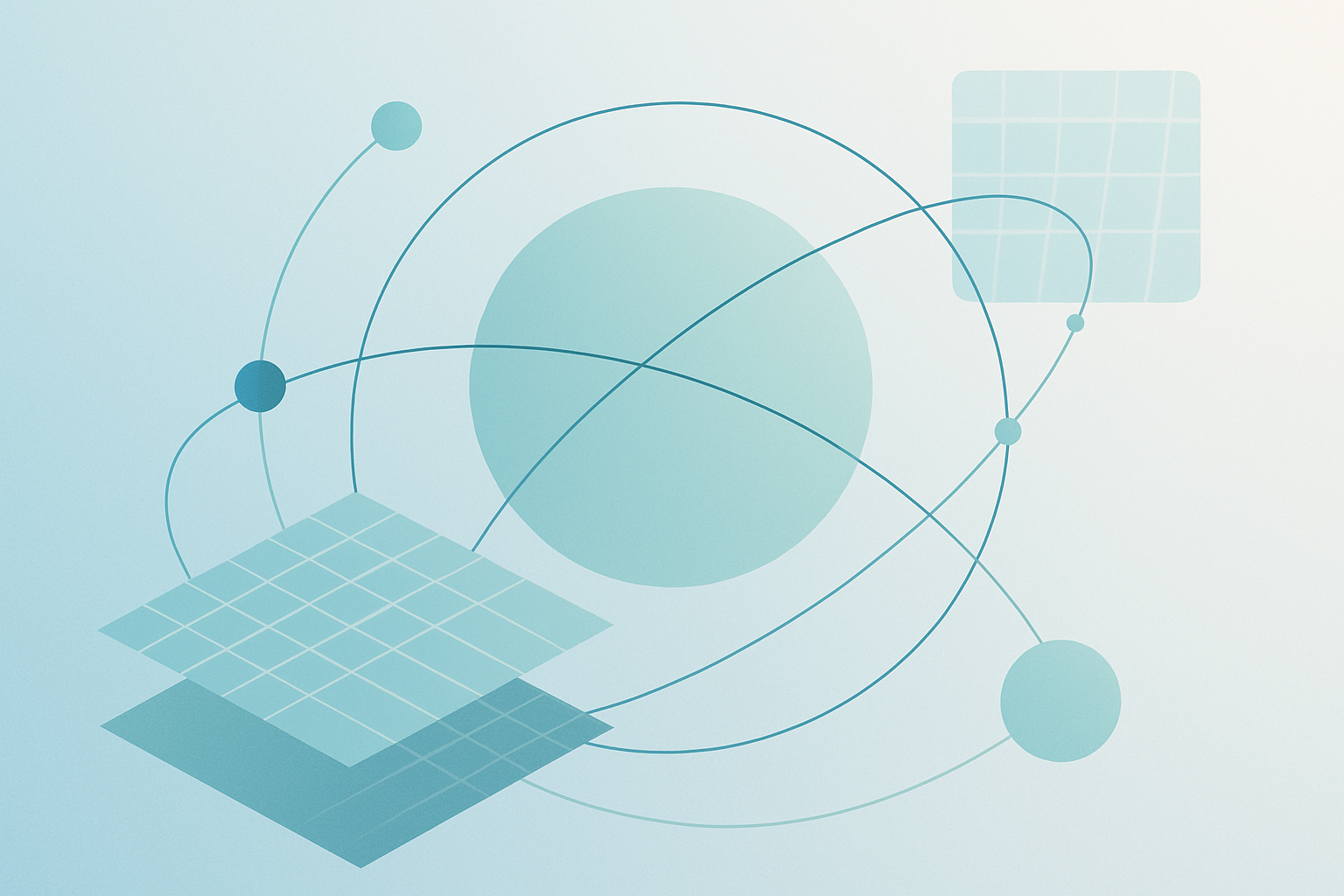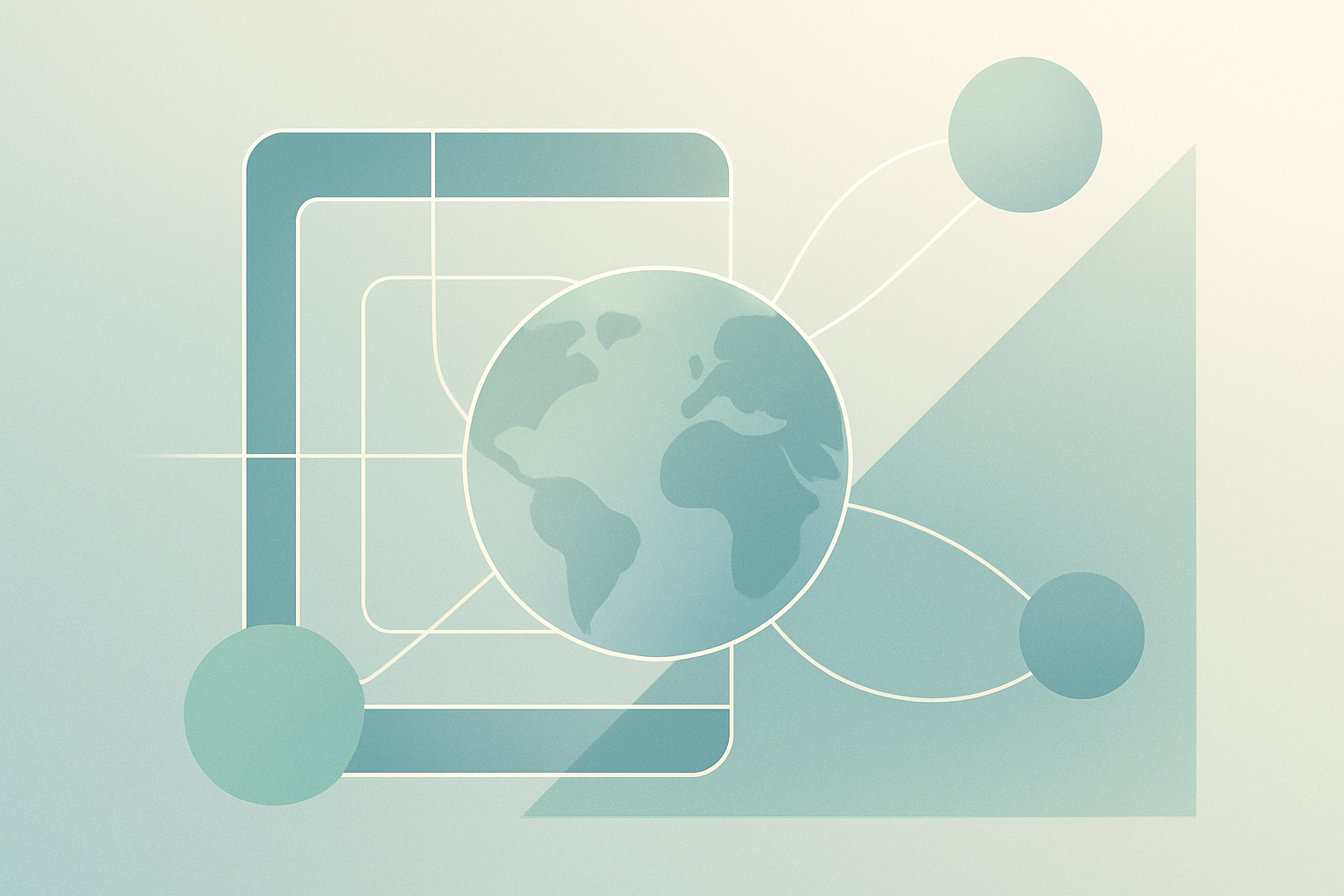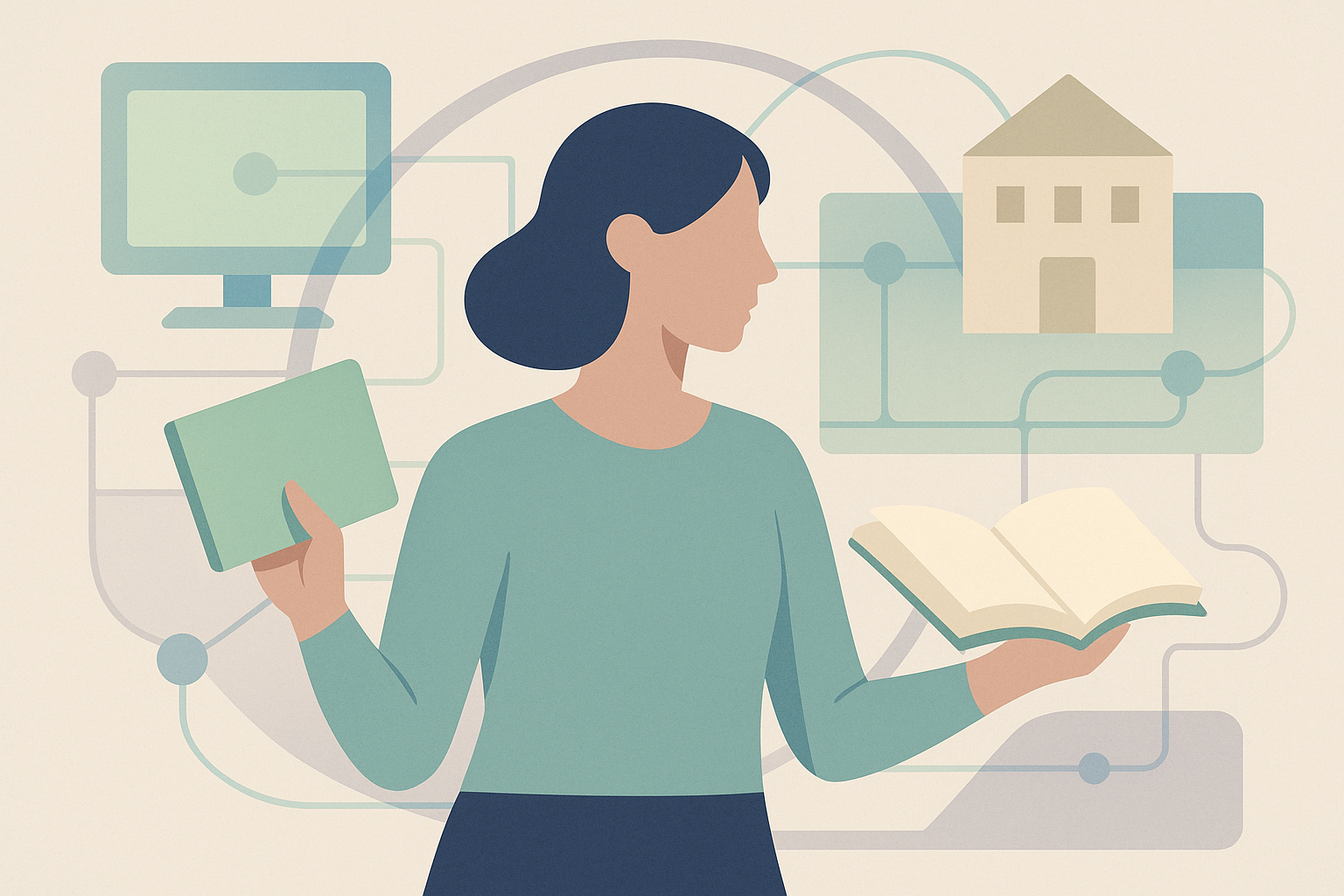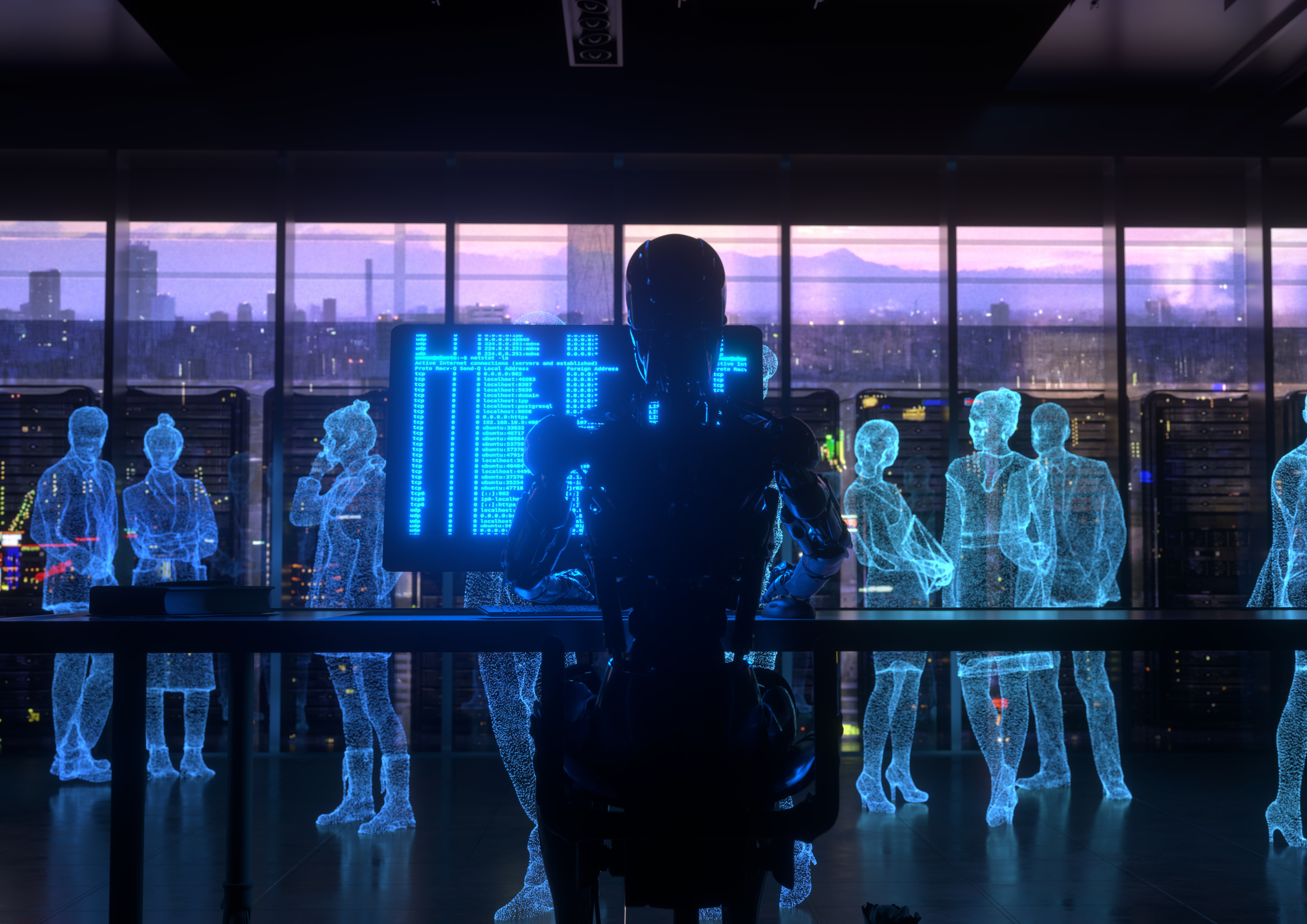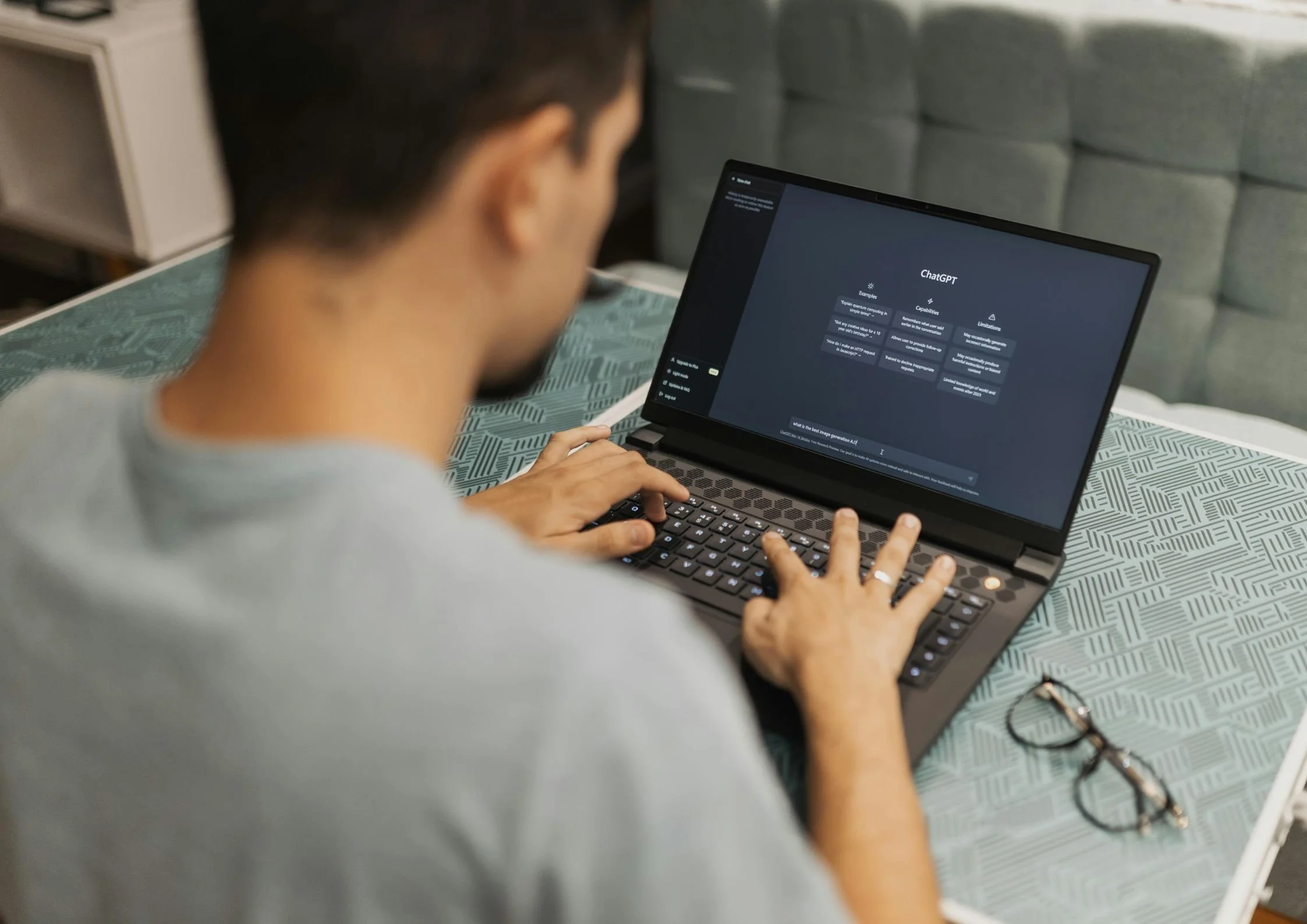Preparing the healthcare workforce for a tech-driven tomorrow
Nyokkey is a nursing assistant. She trawls hospital wards, transporting blood samples and helping patients to their rooms. Chances are, if you wake from a coma in 2026, hers will be the first face you’ll see.
Nyokkey, or Nurabot as her developers aptly named her, is a social robot that’s already stationed in nursing care homes across Taiwan. Manufacturers hope she’ll be ready to go to market next year to plug the growing gap in the East Asian nation’s nursing shortage problem.
Regrettably, Taiwan isn’t the only country experiencing a skills gap in the nursing sector. The American Association of Colleges of Nursing (AACN) paints a grim picture of projected shortages in the U.S. By 2030, the country will have a shortfall of 63,720 full-time registered nurses (RNs).
Early retirement and high burnout rates will soon render healthcare workers as scarce commodities in hospitals and other medical institutions.
So how do you encourage an already distressed workforce to join a tech-driven future? You arm them with the tools to make better-informed clinical decisions. We’ll explain how below.
Why tech matters in Healthcare
Gone are the days when a stethoscope and steady hands were enough. Today’s healthcare workforce is expected to be comfortable with AI-driven diagnostics and telemedicine.
Yes, it’s about convenience, but it’s also about solving serious problems.
A Jacobin article warns that the trend of “on-demand” nursing, essentially temporary nursing to plug staffing holes, is risky and unsustainable. Technology, when implemented smartly, can help relieve some of that pressure.
Think automated documentation, remote patient monitoring, and digital workflow tools.
Bottom line: The more tech-savvy you are, the more valuable you become and the more prepared you’ll be to handle the demands of modern healthcare.
RN to MSN: A tech-smart path to advancement
If you’re already working as an RN and thinking, “How do I level up without leaving my job?” an RN to MSN nurse practitioner program might be your answer.
Online programs like these are tailored for advanced nursing practice hopefuls. MSN programs don’t only focus on nursing theory; they incorporate essential tech skills such as EHR (electronic health records) navigation and telehealth readiness.
Wilkes University explains that the coursework is 100% online with no campus visits. You can stay in your current role and gain your collegiate nursing education via a Family Nurse Practitioner program or Adult-Gerontology Primary Care Nurse Practitioner degree.
Plus, with an MSN degree in a professional nursing practice, you’ll likely be on the frontlines of tech adoption.
The skills you’ll need
What does a “tech-savvy” healthcare worker look like? It’s not someone who knows how to mute and unmute on Zoom. (Although, yes, that too.)
You’ll need:
Digital literacy: Can you quickly learn new platforms? Understanding data privacy rules is crucial, too.
Telehealth competence: Since the pandemic, virtual care is no longer optional. Being able to conduct a professional, efficient telehealth visit is a huge plus.
Critical thinking: Tech is only as good as the person using it. You’ll need to know what the tools are telling you and act fast.
Soft skills: With automation taking over some tasks, human connection is your secret weapon. Patients still require empathy even if their vitals are being monitored by an app.
Cool tech already transforming healthcare
Here’s a peek at some of the innovations that are shaping today’s healthcare settings:
AI and predictive analytics
Cleveland Clinic explains that AI is helping nurses detect early signs of sepsis, flag patient deterioration, and suggest interventions.
Smart operating rooms
Surgical teams are using integrated smart ORs, where all tools, patient data, and imaging are synced in real time.
Virtual reality (VR)
Training nurses in a simulated environment using VR allows for high-stakes practice without patient risk. Think of it as a medical video game, only with much higher stakes.
Wearable monitoring
Devices like patches and rings are constantly collecting data on vitals, mobility, and sleep. Nurses and NPs are now expected to interpret this data during care.
Yes, it’s overwhelming, but you’ve got this
We’re all adults here, so we’re not going to sugarcoat it. This shift can be overwhelming. There’s a lot to take in when you’re juggling coursework, clinicals, and probably a caffeine addiction.
Here’s the thing: you’re already adaptable. You’re learning to manage chaos, advocate for patients, and navigate new environments every week.
Technology is another tool. And like any tool, it gets easier with practice. Remember, the goal of tech in healthcare isn’t to replace humans. It’s to support those of us doing the deeply human work of healing.






